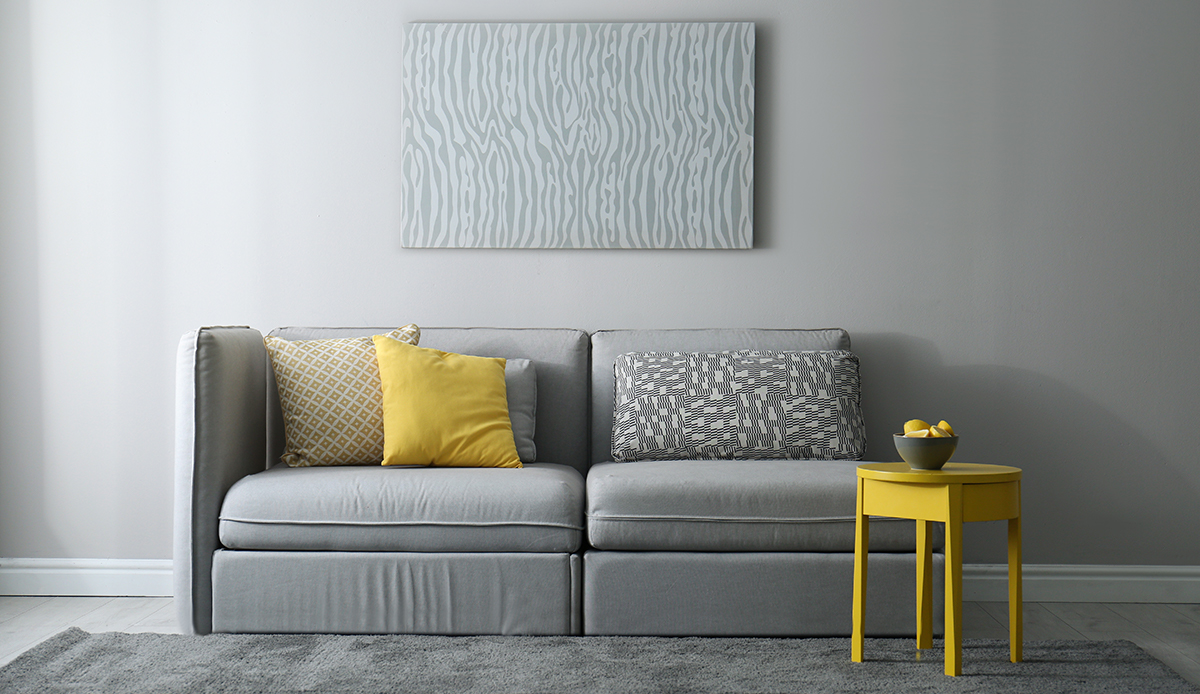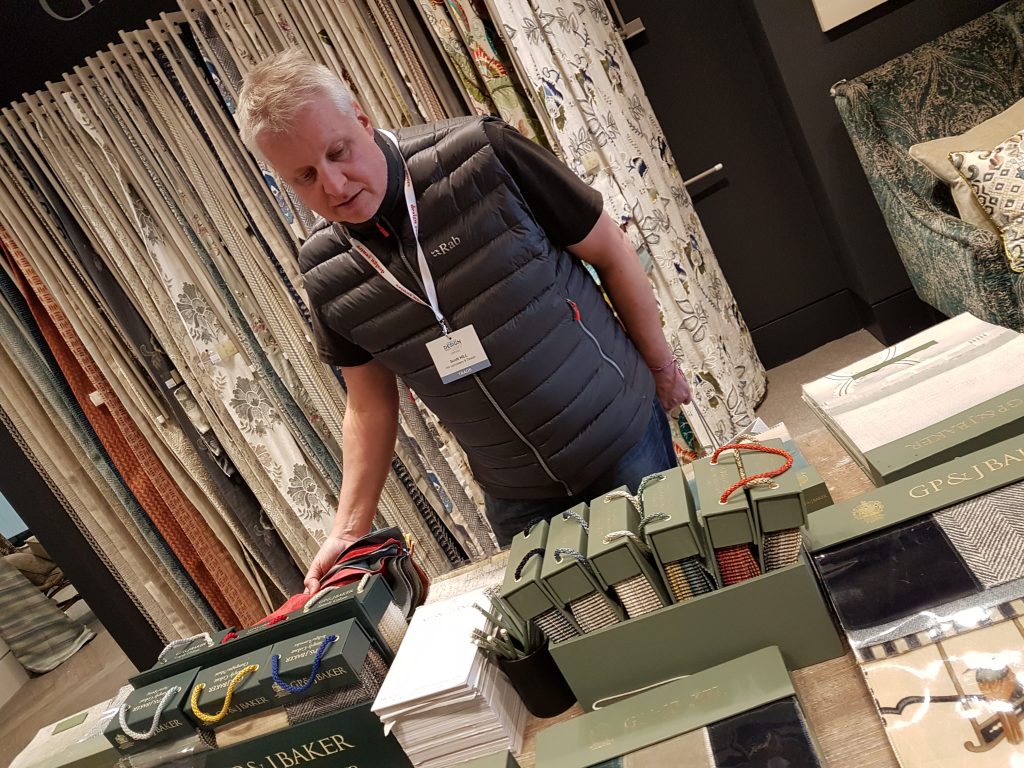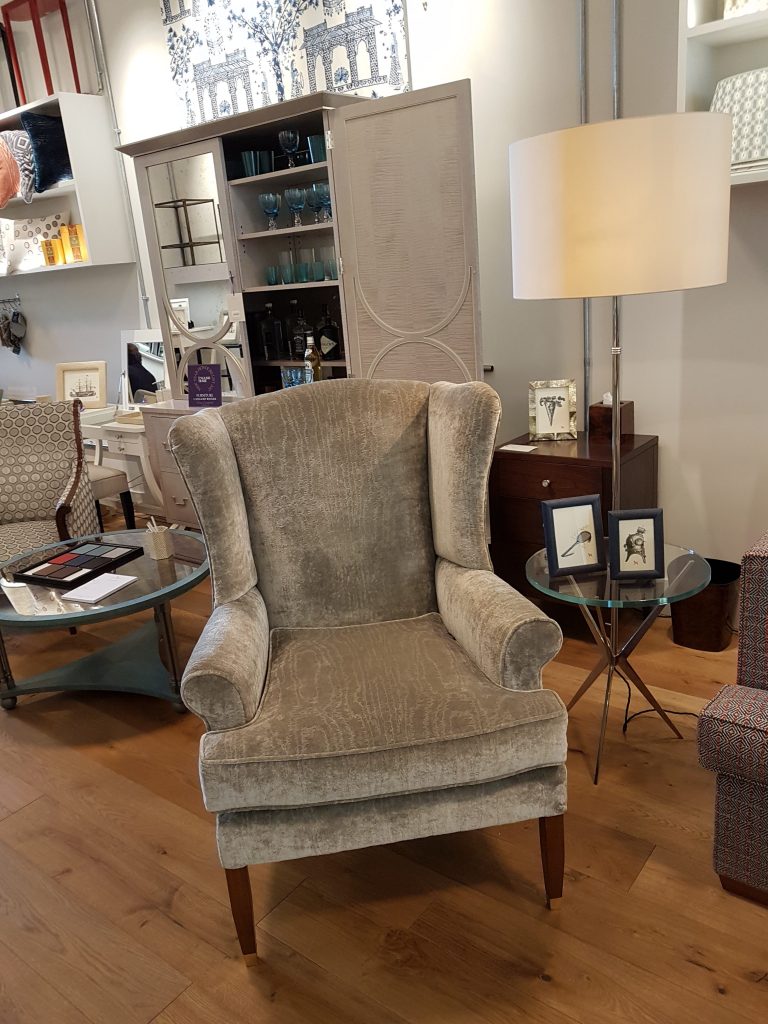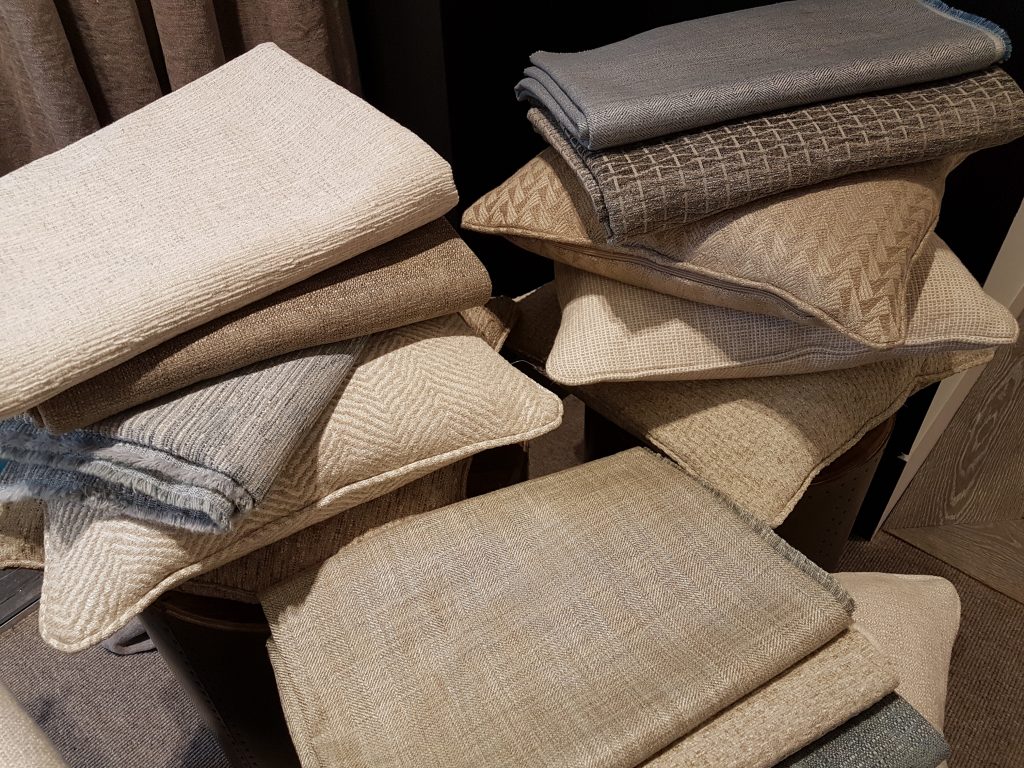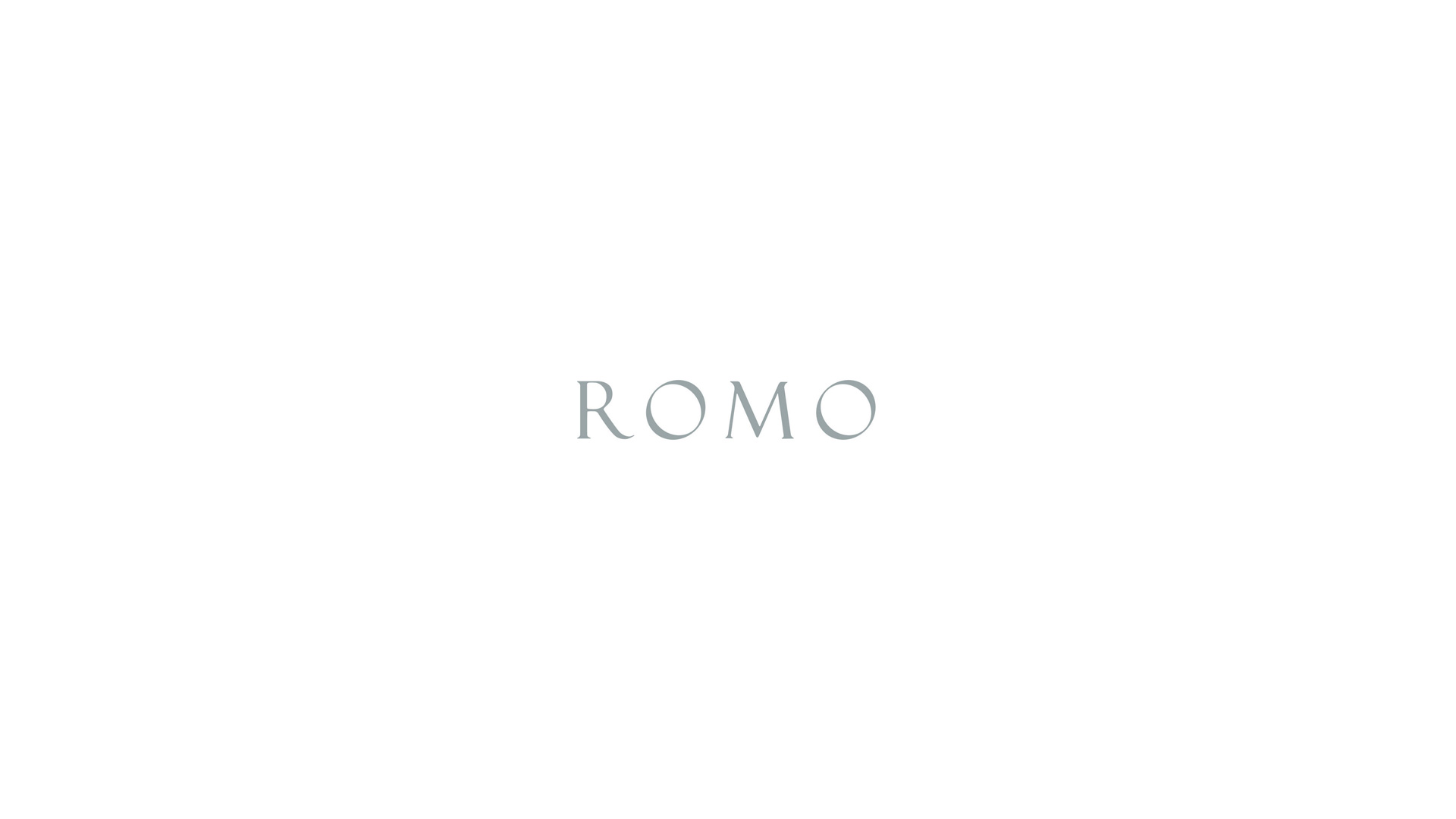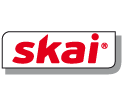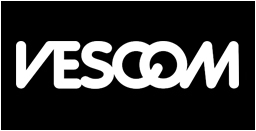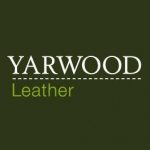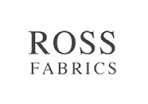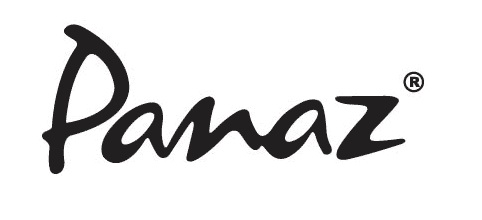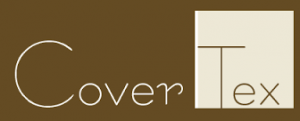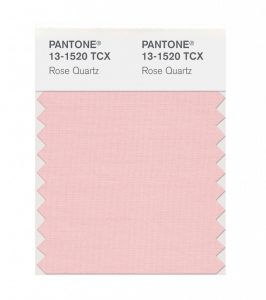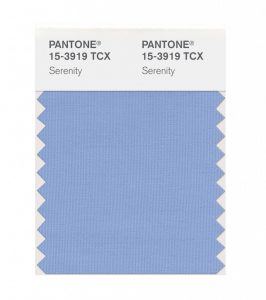How to Choose the Perfect Fabric for Your Sofa Reupholstery Project
Reupholstering your sofa is a fantastic way to breathe new life into your furniture. Whether you’re updating an heirloom piece or modernising your current sofa, selecting the right fabric is the cornerstone of a successful sofa reupholstery project. With countless options available, choosing the perfect fabric can feel overwhelming. This guide breaks down everything you need to know to make the best choice for your needs, style, and budget.
Understand Your Sofa’s Functionality
Before diving into fabric choices, it’s essential to evaluate how your sofa is used. The functionality of your sofa reupholstery project should dictate your fabric selection.
- High-Traffic Areas: If your sofa is in a living room or family room, durability should be a top priority. Look for fabrics that are tough, easy to clean, and resistant to wear and tear.
- Occasional Use: For sofas in guest rooms or formal living areas that see limited use, you can prioritise aesthetic appeal over heavy-duty performance.
- Pet and Kid-Friendly Homes: Consider stain-resistant and pet-friendly options, such as performance fabrics or tightly woven materials that are harder to scratch or tear.
Explore Different Fabric Types
Fabric type plays a crucial role in the look, feel, and durability of your sofa. Here’s a breakdown of popular options:
- Natural Fibres:
- Cotton: Soft, breathable, and versatile, cotton is a popular choice. Opt for a cotton blend if you need better stain resistance and durability.
- Linen: Known for its luxurious feel, linen works well for formal settings. However, it wrinkles easily and may not be suitable for heavy use.
- Wool: A durable and cozy option, wool resists pilling and wrinkling but might require special cleaning.
- Silk: Ideal for a sophisticated, upscale look, silk is delicate and best suited for low-traffic areas.
- Synthetic Fabrics:
- Polyester: Durable, stain-resistant, and affordable, polyester is a reliable option for family homes.
- Acrylic: Known for its ability to mimic natural fibres, acrylic is resistant to sunlight and mildew.
- Nylon: Exceptionally strong and resilient, nylon is often blended with other fibres to improve durability.
- Blended Fabrics: Combining natural and synthetic fibres, blends offer the best of both worlds—enhanced durability with a refined look.
- Performance Fabrics: These are specially designed to withstand spills, stains, and daily wear. They are perfect for busy households or outdoor furniture.
Consider Fabric Durability
Durability is measured by a fabric’s double rub count, which refers to the number of times a machine can rub a fabric back and forth before it shows signs of wear.
- Residential Use: A count of 15,000–25,000 is suitable for most homes.
- Commercial Use: Fabrics with a count of 25,000+ are designed to withstand heavy use, making them ideal for high-traffic spaces.
Ask your upholsterer or fabric supplier about the durability rating to ensure your choice aligns with your needs.
Match the Fabric to Your Style
Your sofa’s fabric should reflect your personal style and complement your home décor. Here are some key considerations:
- Color:
Neutral tones like beige, grey, and cream are timeless and versatile, while bold colours like navy, emerald green, or mustard yellow make a statement. Consider the room’s colour scheme and how the sofa will fit within the overall aesthetic. - Pattern:
Patterns can add visual interest to your space. From stripes to florals to geometric prints, the right pattern can elevate your sofa. Keep in mind that patterns might date faster than solids. - Texture:
The texture of your fabric contributes to the sofa’s tactile experience. Velvet adds a plush, luxurious feel, while woven fabrics bring a more casual, earthy vibe. - Finish:
Matte finishes provide understated elegance, while glossy or reflective finishes can make your sofa the focal point of the room.
Think About Maintenance
Different fabrics require varying levels of care. Choose a fabric that fits your lifestyle and cleaning routine.
- Easy-Care Fabrics: Microfibre and treated cotton blends are easy to clean and maintain, making them ideal for busy households.
- Stain-Resistant Options: Look for fabrics with stain-resistant treatments like Crypton or Scotchgard. These can repel spills and are particularly useful in homes with kids or pets.
- Delicate Fabrics: Silk and some linens may require professional cleaning, so they might not be the best choice for everyday use.
Account for Climate and Environment
The environment in which the sofa will be placed can influence your fabric choice.
- Hot Climates: Opt for breathable fabrics like cotton or linen, which feel cool and comfortable.
- Cold Climates: Choose warmer options like wool or velvet for a cosier feel.
- Sunlight Exposure: For sofas near windows or in sunlit rooms, use fade-resistant fabrics like acrylic or treated polyester to maintain their colour.
Factor in Your Budget
Fabric costs can vary significantly depending on material, brand, and quality. Set a budget and prioritise features that matter most to you, such as durability or style.
- Affordable Options: Polyester blends and cotton are budget-friendly without compromising on quality.
- Premium Choices: Velvet, silk, and designer fabrics tend to be pricier but offer unmatched elegance.
Test the Fabric
Before committing to a fabric, always request swatches. Test them in your home under different lighting conditions and against your existing furniture.
- Feel the Texture: Sit on the swatch to see how it feels. Is it comfortable? Scratchy? Slippery?
- Assess Colour Accuracy: Lighting can alter how colours appear, so view the swatch in natural light and artificial light.
Sustainability Matters
If you’re eco-conscious, explore sustainable fabric options.
- Recycled Materials: Look for fabrics made from recycled fibres, such as polyester derived from recycled plastic bottles.
- Natural Dyes: Choose fabrics dyed with eco-friendly, natural dyes to reduce environmental impact.
Consult an Expert
Choosing the perfect fabric can be overwhelming. An interior designer or professional upholsterer can guide you based on your sofa’s design, usage, and aesthetic preferences.
Final Thoughts
Reupholstering your sofa is an investment, and the fabric you choose plays a pivotal role in its success. By considering durability, style, maintenance, and budget, you can select a fabric that not only transforms your sofa but also stands the test of time.
Whether you opt for a luxurious velvet, a practical performance fabric, or a sustainable blend, the perfect fabric choice will elevate your sofa and your living space. Take your time, weigh your options, and don’t hesitate to seek expert advice to ensure your reupholstery project is a resounding success.
For more information on your Sofa Reupholstery Project contact Hill Upholstery.



